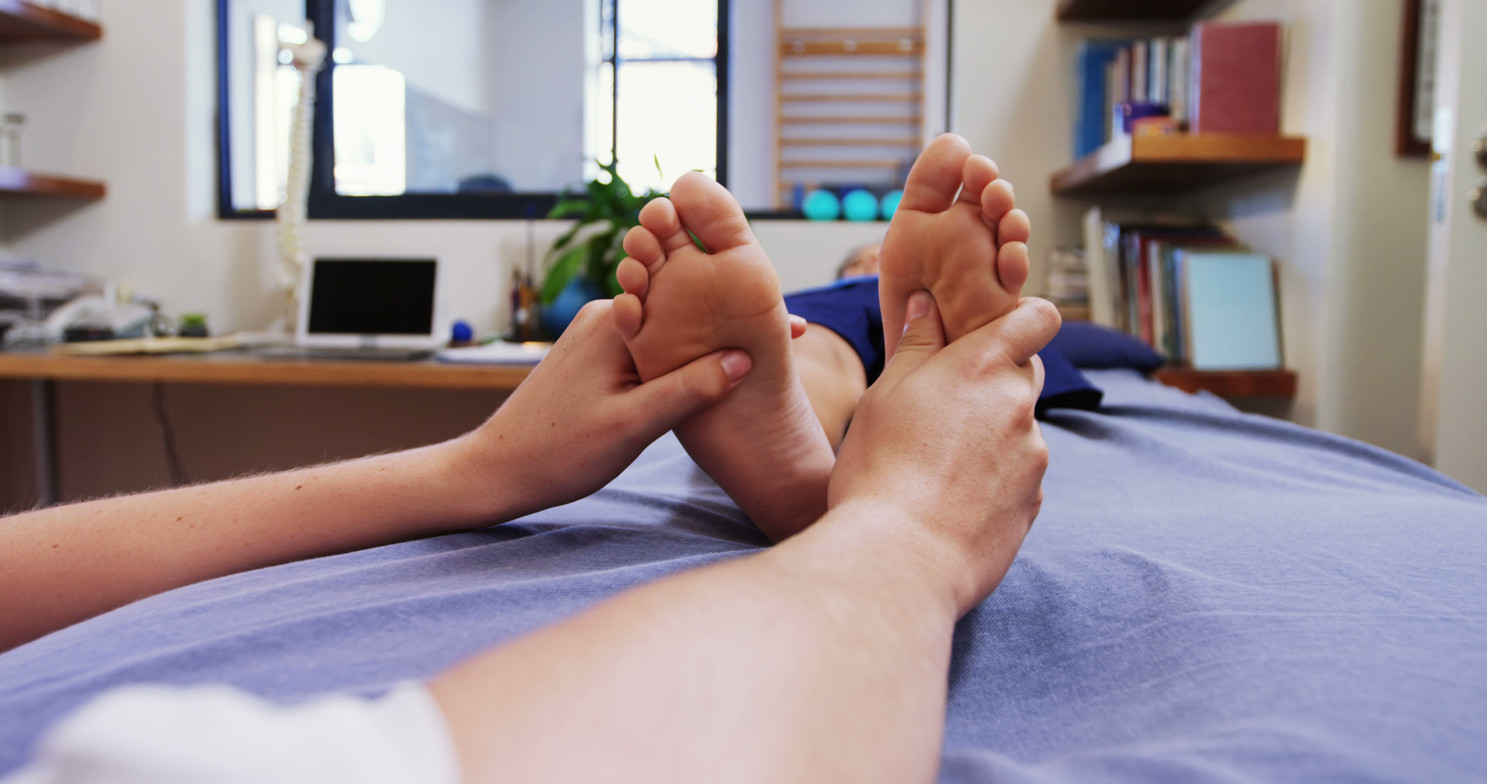
Blisters can be painful and, if not properly managed, may lead to infection. For the average person, blisters on the feet and toes typically heal on their own within five days. However, in individuals with medical conditions such as diabetes or epidermolysis bullosa acquisita (EBA), healing may take longer and require extra care to prevent complications.
Blisters can also serve as an entry point for bacteria, increasing the risk of infection and further skin damage. Therefore, preventing blisters is always preferable, as it not only safeguards against potential infections but also reduces pain and discomfort while walking.
In this post, you’ll find valuable insights on the causes of blisters, the do’s and don’ts of prevention, and the treatment options available at Orangeville Foot Clinic to help manage and prevent blisters effectively.
Blisters primarily develop due to shearing forces and friction. When the skin repeatedly rubs against a surface, the epidermis (outer layer of the skin) separates from the dermis (inner layer). The body responds by filling the space with fluid, creating the protective bubble we recognize as a blister.
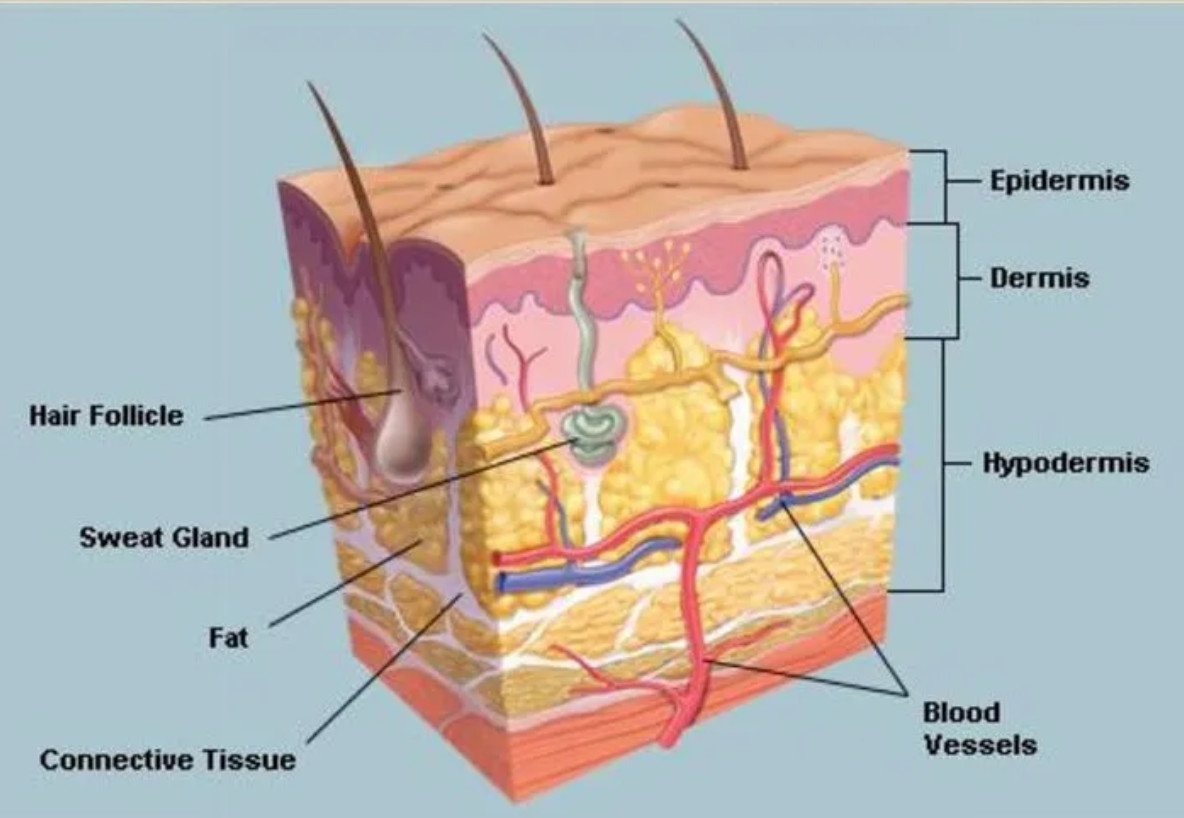
If a blister is painful, irritating, or at risk of bursting, it is important to manage it properly to reduce discomfort and prevent infection. In some cases, controlled drainage may be preferable to unintentional rupture, which can increase the risk of bacterial entry.
If a blister is painful or at risk of rupturing, seek individualized advice.
Important Note: If you have a compromised immune system, such as diabetes or circulatory issues, avoid draining blisters at home. Improper care can lead to infection and ulceration. We recommend seeking professional assistance to ensure safe and sterile management at our clinic.
Two environmental factors that can lead to blister formation are:
Dampness & Friction: How Sweat Contributes to Blisters
Each foot produces approximately 125ml of sweat daily, and this amount can increase significantly with physical activity such as running or hiking. Excess moisture in your socks increases friction between your foot and footwear, intensifying shear forces that contribute to blister formation.
Preventative Measures: Smart Sock & Footwear Choices
Select Moisture-Wicking Socks
- Opt for socks made from Merino wool or synthetic fabrics that wick moisture away and dry quickly.
- Avoid cotton socks—they retain moisture, increasing the risk of skin irritation and blisters.
- Choose socks that offer padded support to reduce friction on high-pressure areas.
Ensure Proper Footwear Fit
- Shoes should be well-sized and fit for purpose, providing adequate space for the foot to move without excessive compression.
- Tightly fitted shoes can negate the protective benefits of socks, increasing direct friction against the skin.
- Watch for internal seams—a poorly placed seam can create a friction point, leading to blisters.
Account for Foot Swelling
- For individuals on their feet for long periods (e.g., hikers, nurses, and athletes), feet naturally swell over time.
- After approximately 10km (2-4 hours) of walking or hiking, feet may swell by up to half a shoe size.
- Choose shoes with a wide toe box to accommodate natural foot expansion and prevent pressure-related blisters.
To learn more about selecting proper footwear, [CLICK HERE].
Additional precautions for heavy use or special foot conditions:
Some individuals are more prone to blisters due to sensitive skin, underlying medical conditions, or high-impact activities like long-distance hiking, endurance running, or extended standing shifts. At Orangeville Foot Clinic, we recommend additional preventative strategies for those who experience recurrent blisters or require extra protection.
Historically, hikers and runners have relied on taping or lubricants to reduce friction. However, one of the most effective methods is wearing a liner sock—a thin sock layered under your primary sock.
Why Use Antiblistering Liner Socks?
Reduces Shearing Forces – The two sock layers move against each other, absorbing friction that would otherwise impact the skin.
Enhances Comfort – Liner socks provide an extra cushioning layer, reducing irritation in high-friction areas.
Compatible with Various Footwear – Suitable for hiking boots, running shoes, and work shoes for those on their feet all day.
Antiblistering liner socks have features such as:
- A special silicone inner layer that grips firmly to the skin, preventing slippage.
- A smooth outer surface, allowing seamless movement between the sock layersto minimize friction.
At Orangeville Foot Clinic, we also provide custom orthotics for individuals with specific foot structures or conditions that contribute to poor foot positioning within a shoe. Improper alignment can lead to increased friction, pressure points, and instability, all of which may increase the risk of blisters and discomfort.
Custom orthotics help by:
- Improving foot alignment to reduce pressure on vulnerable areas.
- Enhancing shock absorption to minimize stress on the feet.
- Providing better support for those with flat feet, high arches, or gait abnormalities.
If you have any questions or would like to book an orthotic assessment, feel free to contact us at: (519) 942-4705
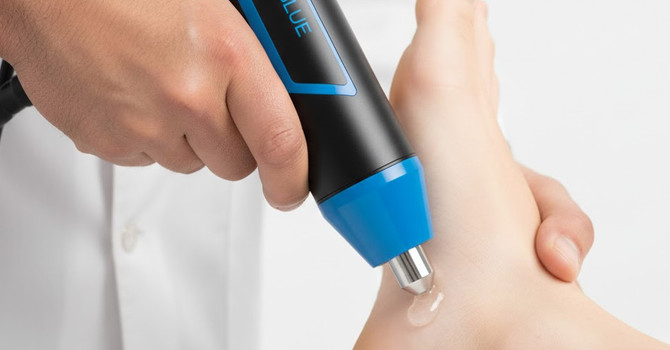
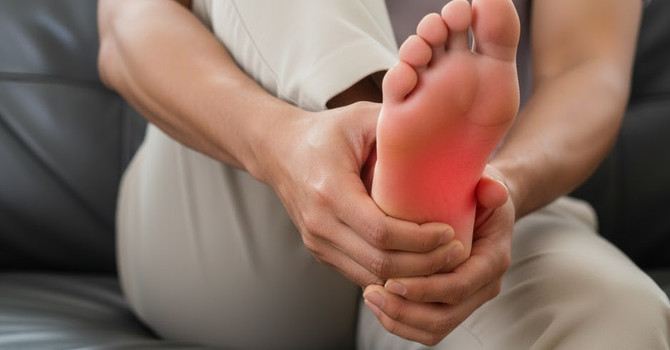
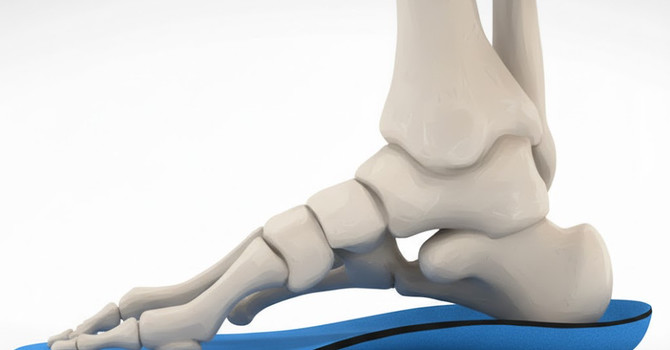

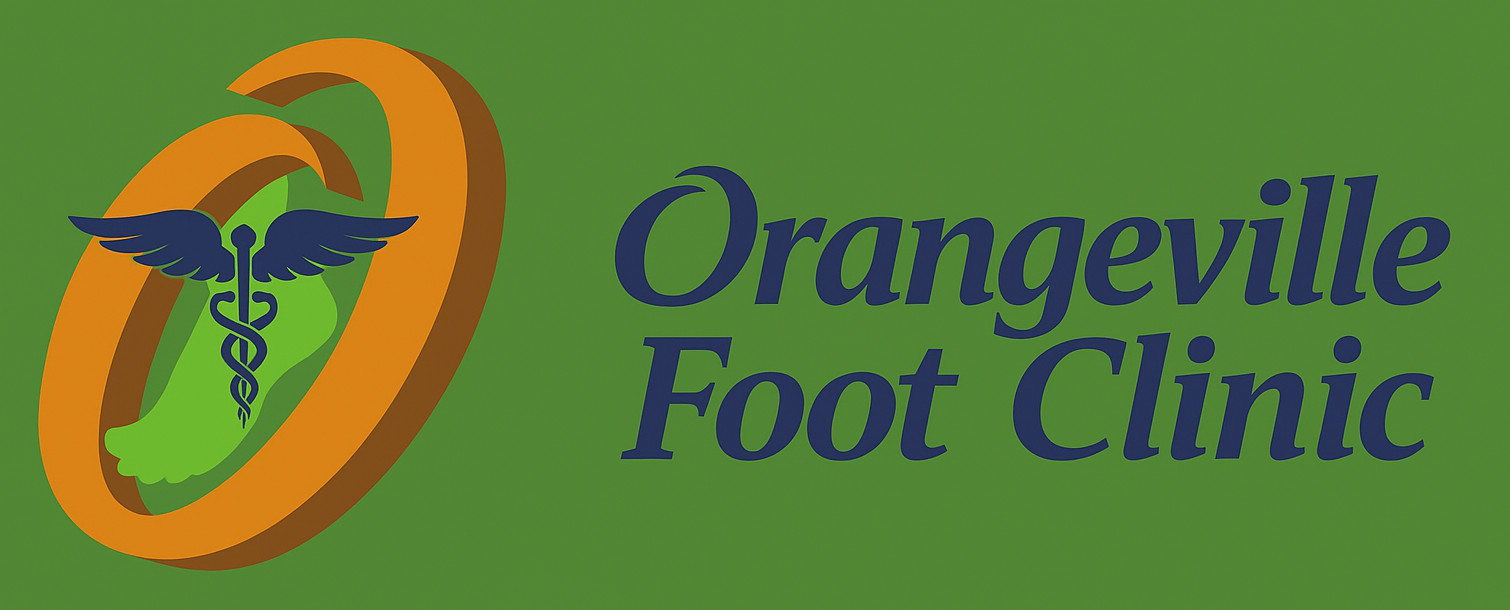 👋 Need help? Chat with us below!
👋 Need help? Chat with us below!